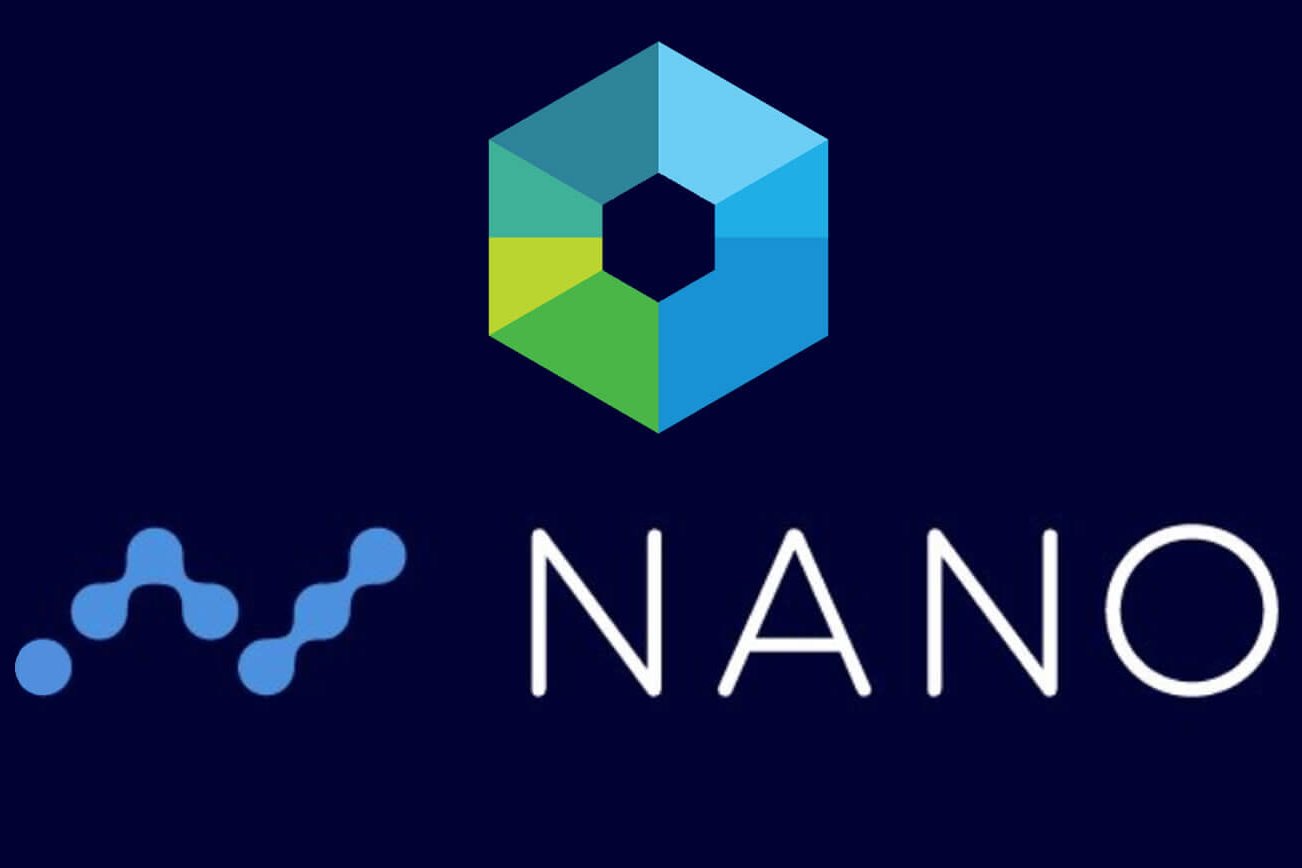

The Nano cryptocurrency experienced one of the biggest pumps and subsequent crashes in the bull run of 2017. Having initially been known as Raiblocks before its rebrand to Nano, the cryptocurrency claims to be a super-fast, zero-fee, and infinitely scalable cryptocurrency. Here is an introduction to Nano and what you need to know.
Nano was launched as Raiblocks in 2014 by software engineer Colin LeMahieu, who had previously worked at Dell and AMD. LeMahieu began working full time on the project in 2017. Nano claims to be able to allow simultaneous transactions no matter what size they are. The project also claims to be infinitely scalable, and its key selling point is that there are no fees on the network.
Nano works by utilising what is known as a block lattice, similar to another cryptocurrency called IOTA. The network is kept secure through Delegated Proof-of-Stake and each account has its own blockchain. Through this structure, the energy usage of Nano is much less than you would see on a traditional blockchain such as Bitcoin.
One key event in the history of Raiblocks/Nano was the Bitgrail hack. In the hack, 17 million Nano was stolen totalling around $195 million. The hack led to controversy as one would expect, with some accusing the exchange of pulling off an exit scam. The owner of Bitgrail has since been ordered to return as much of the funds as he can back to customers.
The situation still rumbles on, with two US law firms filing a lawsuit against both the owners of Bitgrail and the developers of Nano. They accuse Nano of violating federal security laws and have requested that the company performs a hard fork to return customers’ funds. The case is still ongoing.
Nano witnessed one of the most spectacular pumps in 2017. After its rebrand, the coin was trading at under $0.01. In the space of seven months, it reached the astronomical height of $31 in January 2018. A trade on Nano could have been life changing if you bought in early enough. However, if you managed to buy the top, then you may well be licking your wounds right now. Since that meteoric rise, Nano is now trading back down at around $1 – still a lot higher than the initial release, but some way off its all-time high.
Nano is certainly not the only coin that achieved such a wild fluctuation in value, but its rise and fall was certainly one of the most spectacular.
Nano’s zero-fee structure through its use of a block lattice has come under criticism from Bitcoin core developer Gregory Maxwell. Fees on Bitcoin are there so that people are unable to spam the network. By having no fees on the Nano network, then it would be possible for someone to spam the network. According to independent research, it would cost a user around $3 million to achieve centralisation of the network through this method.
The massive speculative bubble around Nano hasn’t helped its cause either, and whilst the events of the Bitgrail hack are not a death knell, until they are fully resolved, there will remain speculation over whether users will actually get their money back.
Nano has taken a different approach to more mainstream cryptocurrencies such as Bitcoin. This has allowed for quicker and cheaper transactions, but there are also drawbacks to its technology as highlighted here.
The significant pump and dump will take time to recover from, but like any cryptocurrency, there is no certainty that Nano will ever recover.
Denver, Colorado, 24th February 2025, Chainwire
Denver, Colorado, 20th February 2025, Chainwire
Washington, D.C., 18th February 2025, Chainwire
Dubai, UAE, 27th January 2025, Chainwire
Those who enter the market at this time may be surprised to hear that Bitcoin…
George Town, Grand Cayman, 22nd November 2024, Chainwire